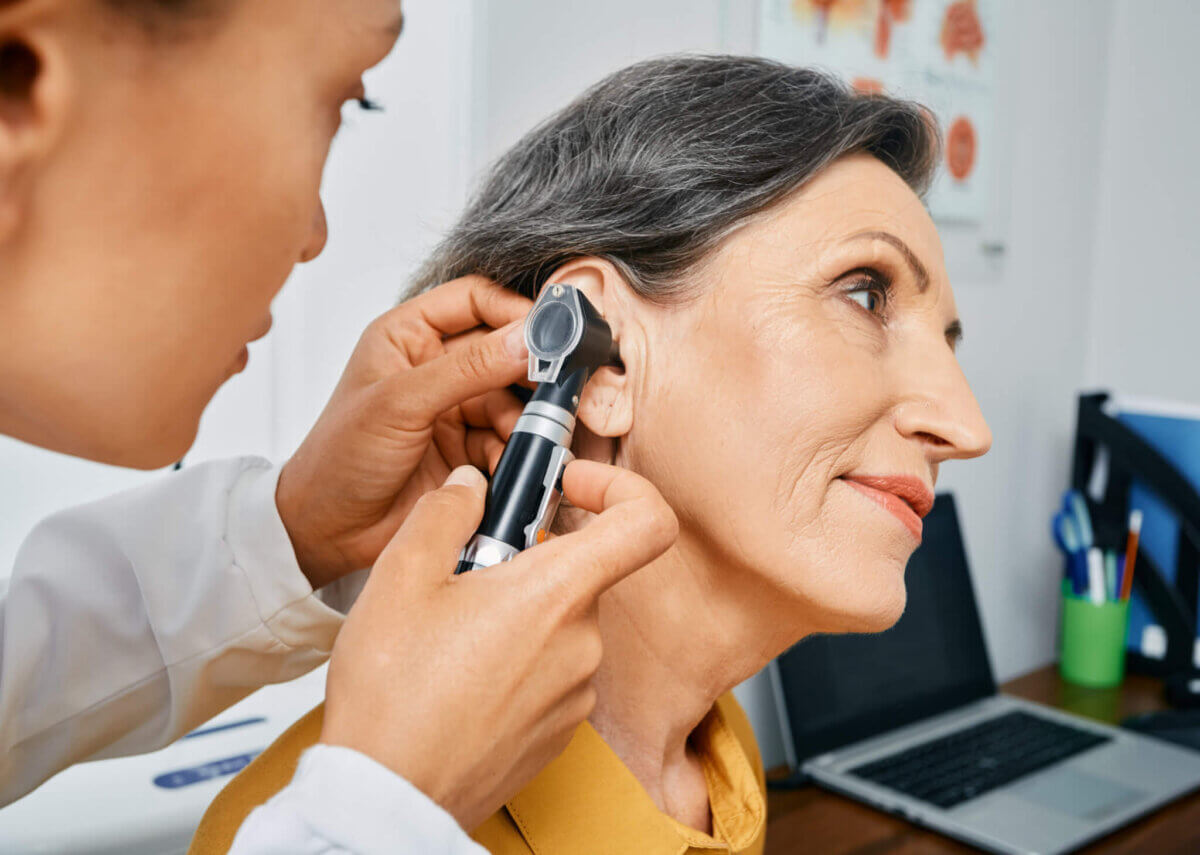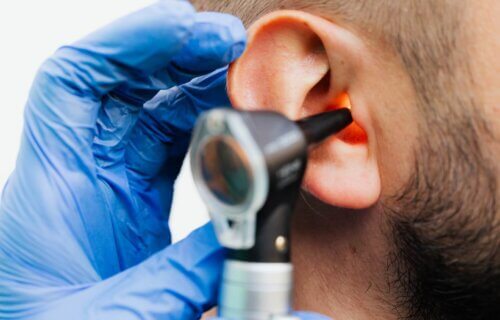ROCHESTER, N.Y. — Did you “ear” the news? An international research project has uncovered a new means of delivering drugs directly into the inner ear. Study authors say this discovery was made possible by harnessing the natural flow of fluids in the brain, and then making use of “a little understood backdoor” into the cochlea.
When researchers combined this approach to deliver a gene therapy aimed at repairing inner ear hair cells, they were able to successfully restore hearing in a group of deaf mice.
“These findings demonstrate that cerebrospinal fluid transport comprises an accessible route for gene delivery to the adult inner ear and may represent an important step towards using gene therapy to restore hearing in humans,” says Maiken Nedergaard, MD, DMSc, senior study author, in a university release.
Dr. Nedergaard is co-director of the Center for Translational Neuromedicine at University of Rochester and the University of Copenhagen. This study, meanwhile, was a collaboration between researchers across those two universities, as well as a group led by Barbara Canlon, Ph.D. in the Laboratory of Experimental Audiology at the Karolinska Institute in Stockholm, Sweden.
On a global scale, projections show that the amount of people living with mild to complete hearing loss will likely grow to roughly 2.5 billion by the middle of this century. The primary cause of such hearing loss is the death or loss of function of hair cells found in the cochlea. Those hair cells are key to hearing, as they are responsible for relaying sounds to the brain. Hair cells may die or lose function for any number of reasons, including mutations of critical genes, aging, and noise exposure.
Normally, hair cells do not regenerate naturally in humans and many other mammals, but recent gene therapies have yielded promising results. Moreover, separate studies have successfully repaired the function of hair cells in neo-natal and very young mice. Of course, it’s key to understand that as both mice and humans age, the cochlea, which is already a delicate structure, becomes enclosed in temporal bone. Once that happens, any effort to reach the cochlea and deliver a gene therapy via surgery is much riskier, potentially damaging this sensitive area and altering hearing.

This new research details a little understood passage into the cochlea known as the cochlear aqueduct. While that name may evoke images of monumental stone architecture, the cochlear aqueduct is no more than a thin boney channel about the size of a single strand of hair. Long suspected to play a role in balancing pressure in the ear, these new findings indicate the cochlear aqueduct also acts as a conduit between the cerebrospinal fluid found in the inner ear and the rest of the brain.
Modern science is finally putting together a clearer picture of the mechanics of the glymphatic system, the brain’s unique process of removing waste first described by the Nedergaard lab over a decade ago in 2012. Since the glymphatic system pumps cerebrospinal fluid deep into brain tissue in order to wash away toxic proteins, scientists have long considered it a potential new way to deliver drugs to the brain — a feat that has always proven to be a major challenge while developing drugs for neurological disorders.
Study authors also noted an additional discovery; the complex movement of fluids driven by the glymphatic system extend all the way to the eyes and the peripheral nervous system, including the ear. This new study represents an exciting opportunity to finally put the drug delivery potential of the glymphatic system to the test, all while simultaneously targeting a previously unreachable part of the auditory system.
Using numerous imaging and modeling technologies, the research team successfully developed a detailed portrait of how fluid from other parts of the brain flow through the cochlear aqueduct and into the inner ear. Next, study authors injected an adeno-associated virus into the cisterna magna, a large reservoir of cerebrospinal fluid found at the base of the skull. That virus eventually reached the inner ear via the cochlear aqueduct, delivering a gene therapy expressing a protein called vesicular glutamate transporter-3, which enabled the hair cells to transmit signals and restore hearing in adult deaf mice.
“This new delivery route into the ear may not only serve the advancement of auditory research, but also prove useful when translated to humans with progressive genetic-mediated hearing loss,” Dr. Nedergaard concludes.
The study is published in the journal Science Translational Medicine.
You might also be interested in:
- Reversing hearing loss closer to reality after scientists learn to regenerate cells
- Best Earbuds: Top 6 Brands Most Recommended By Experts
- Best OTC Hearing Aids In 2023: Top 4 Devices Most Recommended By Audiology Experts


If you need humans to study, pl let me know to volunteer myself. Thanks
Please make it work, I am one of those guys who can’t hear. When I play with my grandchildren I can see then having fun. But nothing else.
Trust “Doctors” after watching them sell their souls over the past two years? Nope, not today.
When will this study be experimented on humans. I’d be a willing candidate, as I’m at wits end with a severe hearing loss
It is a good news.please confirm when it will launch in market.Also is it available in India for treatment.